Mole Removal Treatment London

Price starts from £350
As a leading mole removal clinic in London, Rejuvence Clinic is committed to providing safe, precise and cosmetic-focused treatments that stand far above the typical experience offered elsewhere. Too many patients come to us for scar correction after undergoing poorly performed mole removal at other clinics, including Harley Street, where treatments are often abrasive, rushed, or carried out with little regard for the final cosmetic appearance. At Rejuvence, our team of specialist surgeons and dermatologists delivers expert mole removal using advanced techniques designed to minimise scarring and optimise healing. We offer better results, greater value and a more personalised approach than many Harley Street alternatives—without the inflated cost. For patients seeking affordable, high-quality cosmetic mole removal in London, Rejuvence Clinic provides the trusted, meticulous and expert-led service your skin deserves.
What are moles?
Moles are a type of lesion that can occur on any part of the body. Moles are usually darker than the surrounding skin and this is because they are the result of large amounts of melanin concentrated in a single area. Melanin is what gives us our skin colour and is produced by cells called melanocytes. The more melanin we have the darker our skin complexion. At any one time an adult can typically have between 10 to 40 moles on their body.
What do they look like?
Apart from their darker colour, moles can be flat or raised. This varies between individuals and ethnicities. They are not painful or irritating unless that are on areas of the body where they can catch on clothing – for example on the back in and around bra straps. In addition moles tend to occur more commonly on areas of the body that are exposed to the sun. Hence, it is quite common to get moles on the face, arms, chest and back.

- Sebaceous Cyst Excision – From £450
- Mole Excision – From £350
- Lipoma Exision – From £450
- Lipoma Removal (Fat Dissolving Injections) – £155 (per vial)
- Skin tags & Wart Exision: From £350 (Excision)
- Cryotherapy – £150 (per ampule)
- Cryotherapy w Target Cool – £200 (per ampule)
- Laser (Resurfacing) – From £450
- Histopathology – £225
What is the best way to have my mole removed?
The removal of moles is dependent on a number of factors. The size, location and whether it is flat or raised can all impact on what the best technique is to have your mole removed. Often, the best technique for the removal of moles is to have them cut out – also known as excision. Although this sounds gruesome, this usually results in the quickest recovery and repeat treatments are often not necessary. Excision of moles can be carried out using a number of different methods.
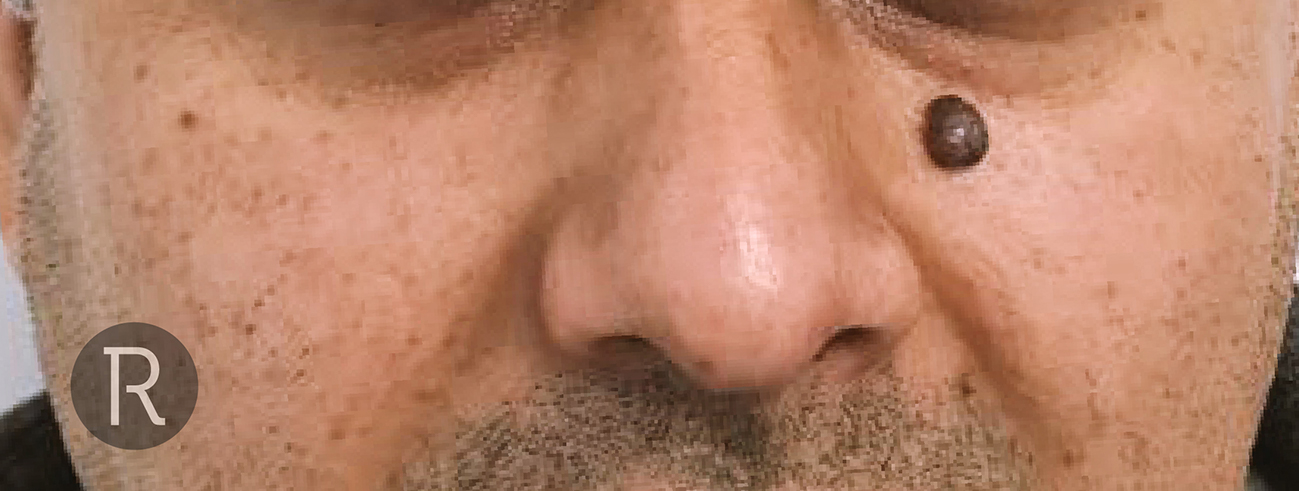
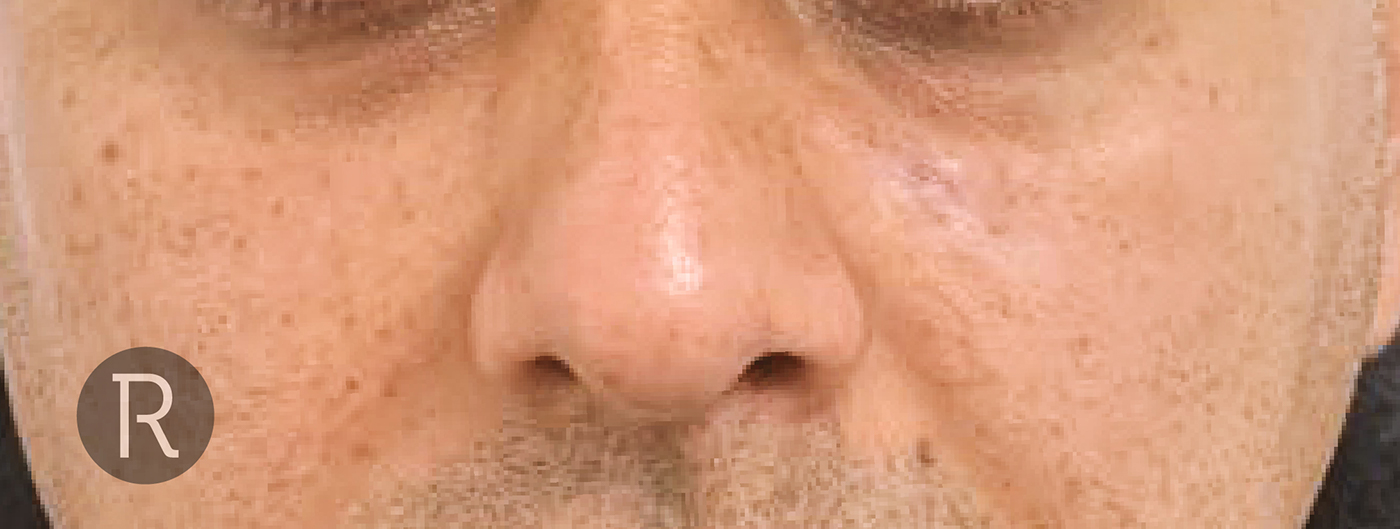
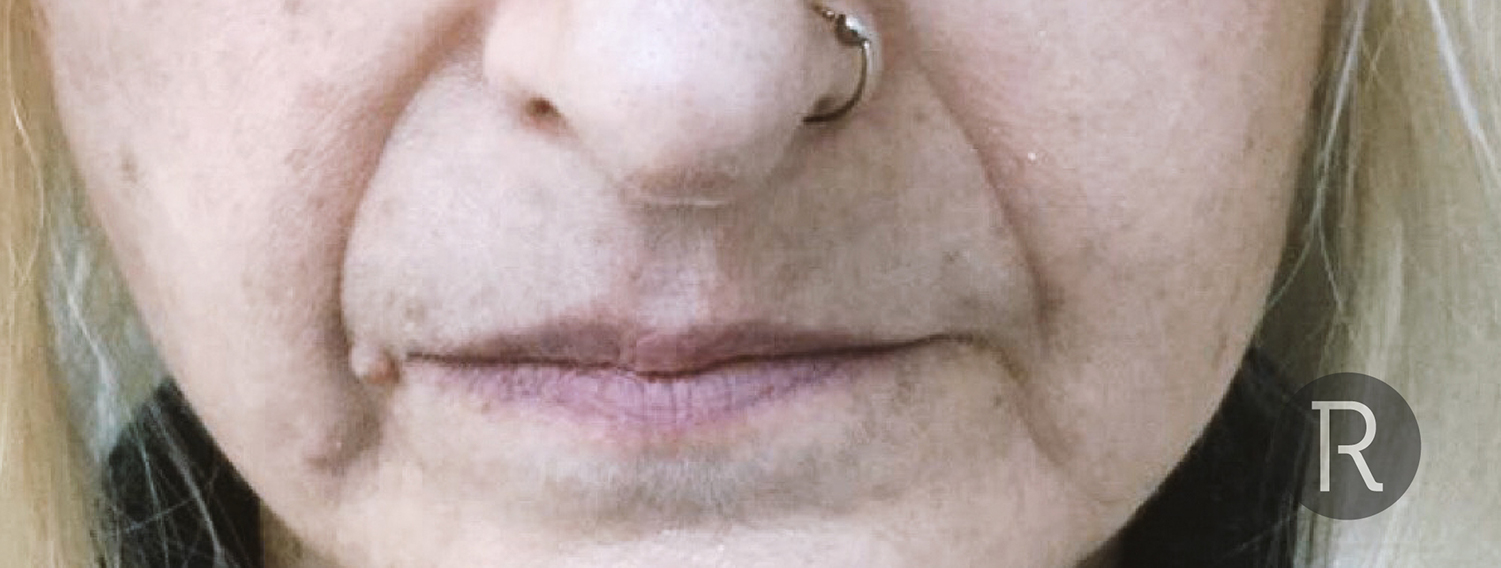
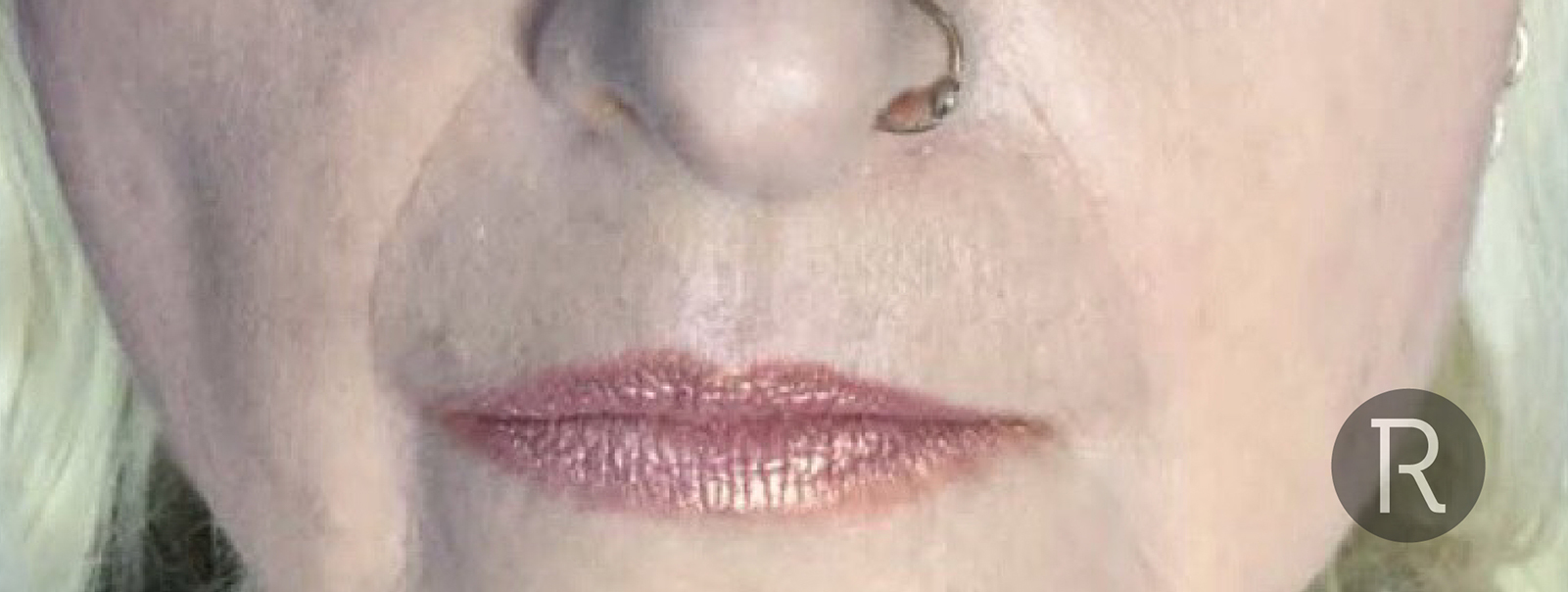
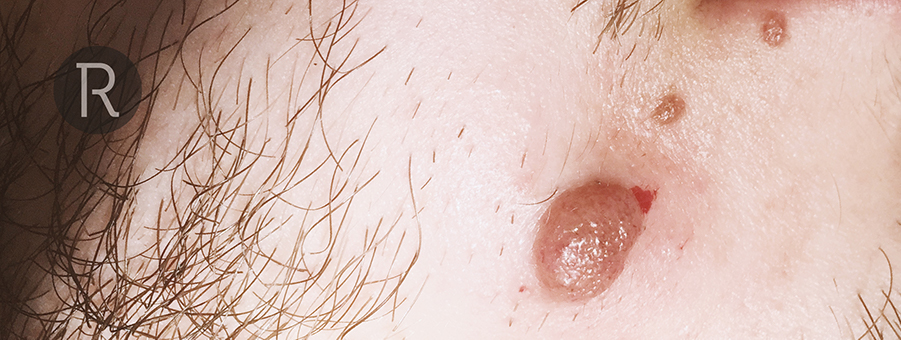
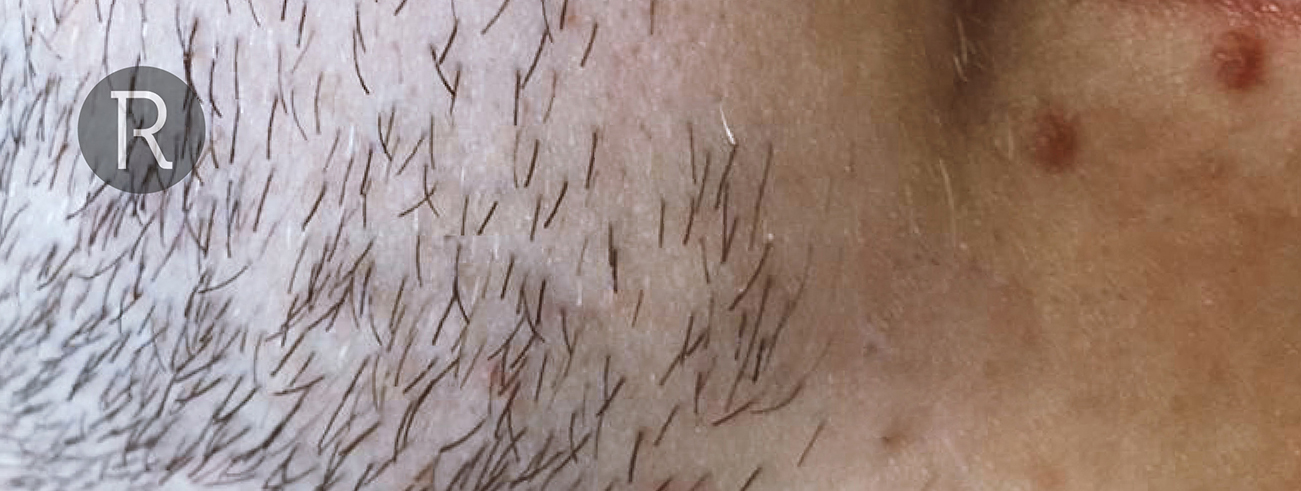
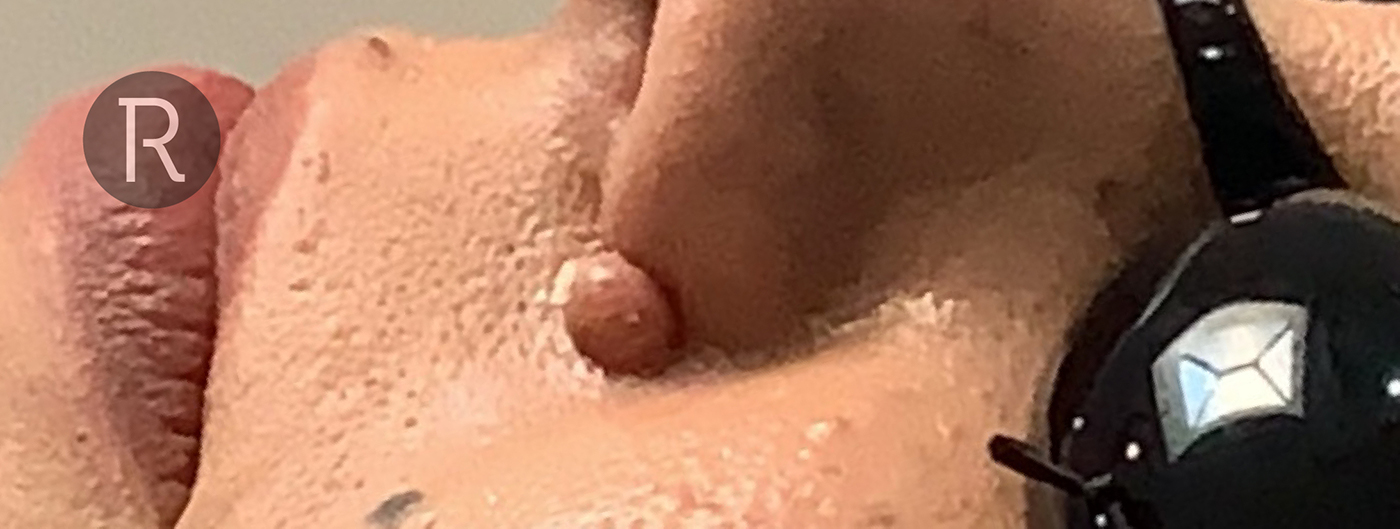
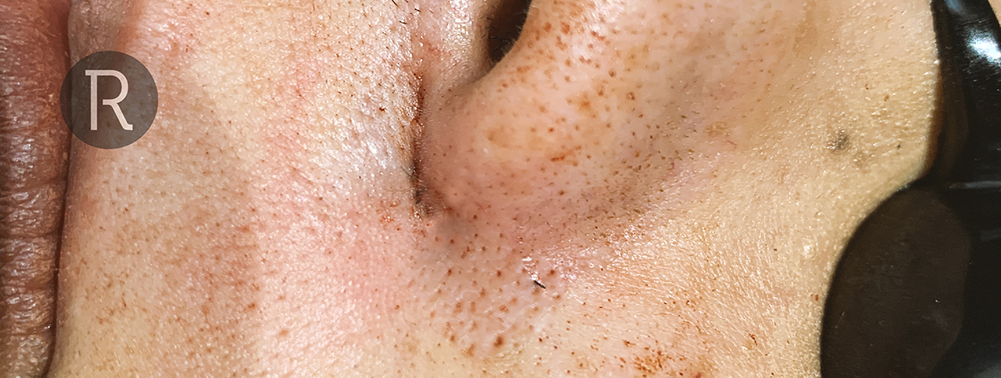
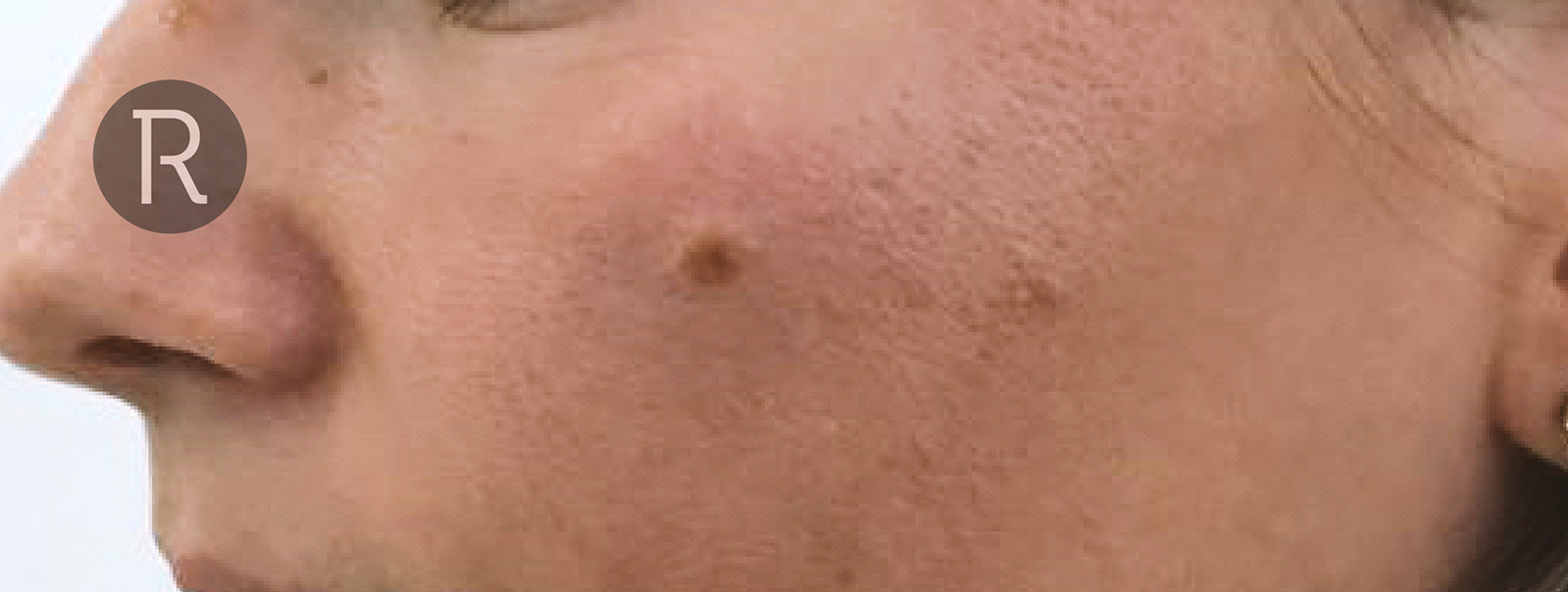
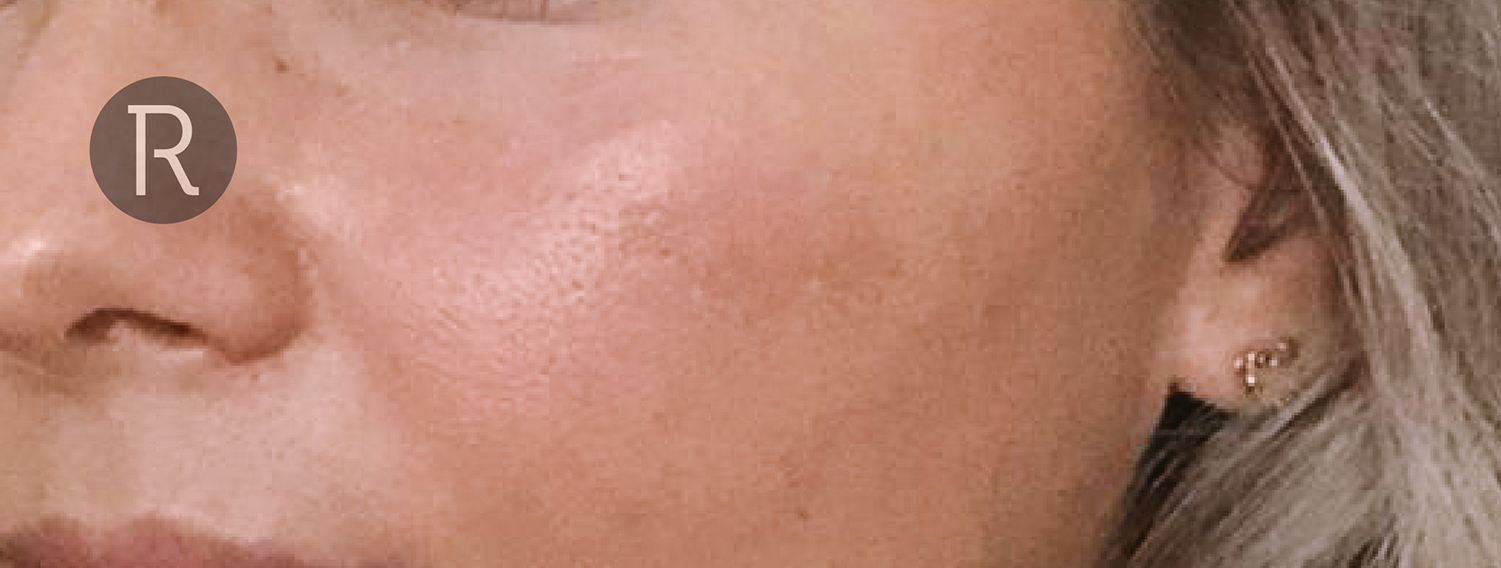
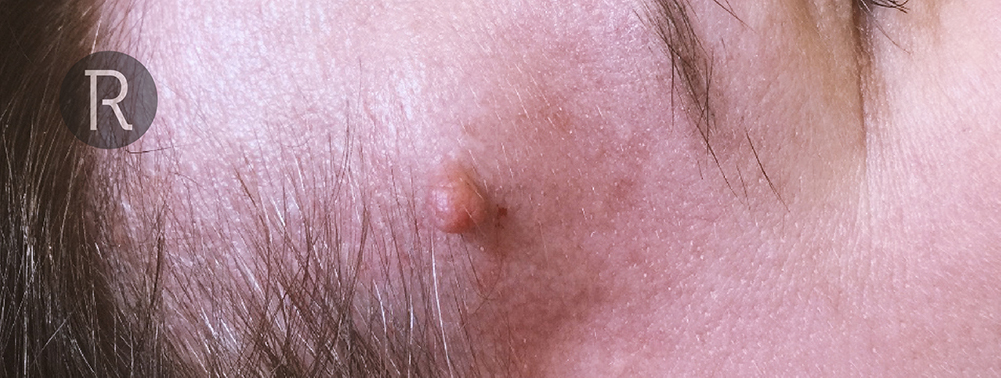
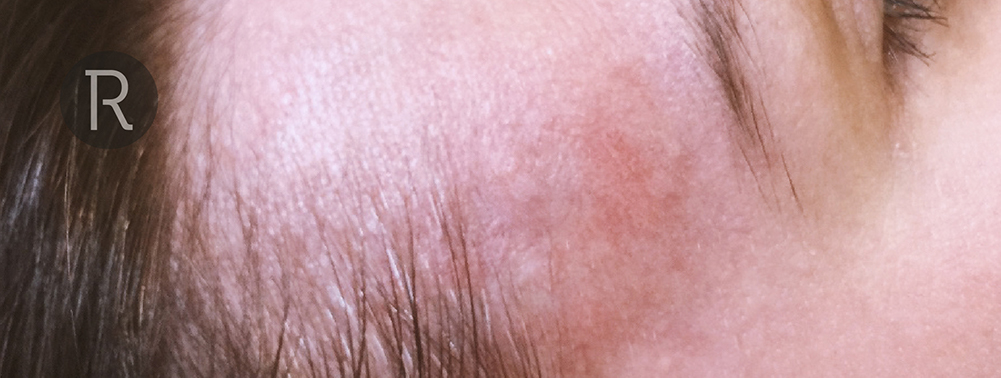






©Individual results may vary.
- Sebaceous Cyst Excision – From £450
- Mole Excision – From £350
- Lipoma Exision – From £450
- Lipoma Removal (Fat Dissolving Injections) – £155 (per vial)
- Skin tags & Wart Exision: From £350 (Excision)
- Cryotherapy – £150 (per ampule)
- Cryotherapy w Target Cool – £200 (per ampule)
- Laser (Resurfacing) – From £450
- Histopathology – £225
Cryotherapy for mole removal
Small flat moles can be treated with cryotherapy. This involves freezing the mole with nitrous oxide or carbon dioxide. For small flat moles on the face and neck we use the Cryo Pen. This device uses nitrous oxide and is very precise and accurate. Treatment is often painless and moles often need repeated sprays within a single session. For larger and darker moles repeat sessions approximately 2 weeks apart maybe needed. Larger moles can be treated Target Cool. Target Cool uses carbon dioxide and is more powerful than the Cryo Pen. Target Cool has a specific freezing mode where we can set the temperature and deliver timed sprays ensuring minimal collateral damage to the skin and adjacent soft tissues.
After treatment there is some mild redness and the mole will swell up slightly much like a pimple on the face. Over a period of 7 to 10 days the swelling and redness will reduce and a scab will develop and around 2 weeks fall off taking the mole with it. Over the next 2 to 3 months it is important to apply sun screen to the residual scar to ensure an excellent cosmetic result with no post-inflammatory hyperpigmentation. We will often follow up all patients in clinic around 3 weeks after treatment to assess whether a further treatment session is required.
Surgical Excision for Mole Removal
Larger moles that have a widespread base and/or are particularly fleshy and raised above the surface of the skin may not be suitable for cryotherapy. In these cases an alternative option for removal is surgical excision under local anaesthetic. In the case of moles that need to be sent off to the lab to be checked under the microscope to confirm they are benign and not cancerous, surgical excision with a free margin is the only treatment option.
Surgical excision normally takes around 40minutes to 1 hour to perform and is very much dependent upon the size and anatomical location. A skin numbing local anaesthetic injection is administered around the mole, also known as a field block. Once completely numb, the mole is cut out in the shape of an ellipse to allow easy and cosmetically acceptable closure with stitches. The stitches run over the top of the cut or are hidden in the skin also known as subcuticular stitches. These stitches, if non-absorbable, are often removed between 1 to 2 weeks after surgery depending upon anatomical location.
All patients are seen at a follow-up appointment for stitch removal and further advice given concerning how to look after the resultant scar. Sun screen should be applied regularly for the next 6 months to prevent post-inflammatory hyperpigmentation. If the excised mole needs to be sent for histological analysis to confirm cancer status, results are normally available within 4 weeks and is chargeable.

Flexible payment options for surgical treatment – 0% APR available. Spread the cost of your treatment today!
Terms and Conditions apply. *Acceptance subject to credit status.

Flexible payment options for surgical treatment – 0% APR available. Spread the cost of your treatment today!
Terms and Conditions apply. *Acceptance subject to credit status.
Aerolase Era Elite for Ablation of Moles
Aerolase Era Elite is a fully ablative Erb:YAG laser with a 300-microsecond pulse duration. It is a very precise and accurate device providing options for superficial, medium and deep ablation with minimal pain and no need for cooling. It is also safe in skin of colour with little incidence of post-inflammatory hyperpigmentation.
Aerolase Era Elite can be used to fully ablate and burn away moles. Erb:YAG lasers have also been proven effective for removing benign, premalignant, and malignant skin lesions. Erb:YAG laser could be used by applying multiple passes over the target lesion (in this case a mole) until it is no longer visibly apparent. This approach has also been proven effective for congenital melanocytic nevi in new born babies and acquired melanocytic nevi in adults. Use of numbing cream is enough to make the treatment tolerable with minimal pain. Re-epithelialisation (regeneration of the skin) occurs within 4 to 7 days. Depending upon the depth of the lesion there can be some changes in pigmentation but this can be subsequently treated with the Aerolase Neo Elite for the best cosmetic result. Treatment takes only a few minutes with 2 to 3 days downtime.
- Sebaceous Cyst Excision – From £450
- Mole Excision – From £350
- Lipoma Exision – From £450
- Lipoma Removal (Fat Dissolving Injections) – £155 (per vial)
- Skin tags & Wart Exision: From £350 (Excision)
- Cryotherapy – £150 (per ampule)
- Cryotherapy w Target Cool – £200 (per ampule)
- Laser (Resurfacing) – From £450
- Histopathology – £225
Rejuvence Philosophy: Mole Removal in London
At Rejuvence we specialise in the removal of moles in London with excellent cosmetic results. We perform all mole excisions under high power magnification and have a lot of experience, especially when it comes to removing moles from delicate areas of the face as well as those that are quite large and require advanced techniques to get a good cosmetic result. We are CQC registered and you can rest assured that you will be delighted with the outcome.
Smaller moles can be removed using a punch biopsy technique and the wound is then closed with a couple of stitches. The stitches often need to be removed in 7 to 10 days time, depending on where the mole is. The resultant scar is very small. The procedure is carried out under local anaesthetic. The only discomfort that is felt is the sting from the local anaesthetic. The rest of the procedure is painless. Multiple moles can be removed at the same time using this technique.
The derma blade is a specially designed curved blade that can be used to remove a variety of lesions from the body. The derma blade is often not the best option for moles, as it works best with lesions that have a ‘stalk’ rather than a wider flatter base. To this effect the derma blade is fantastic for skin tags and some warts but not for moles, especially larger ones. This technique is performed under local anaesthetic.
This is the gold standard method for the excision of moles. This technique is especially good for the removal of larger moles and can be used on any part of the body. It involves cutting around the mole in the form of an ellipse. This means that the resultant scar is slightly longer than the maximum width of the mole but it results in a scar that is completely flat with no rippling or puckering of the skin. In certain parts of the body, and especially where the mole is quite large, slightly more advanced techniques need to be used to get a good cosmetic finish. This technique is also carried out under local anaesthetic. Hence after the initial sting of the anaesthetic there is no further pain. Stitches are used to close the resultant defect and these often need to be removed in 7 to 10 days time.
Any form of treatment to have a mole removed will leave some sort of a scar. The larger the mole the larger the scar. The extent of the scar is also dependent upon where the mole is. Moles on the back tend to leave behind a more prominent scar and those of Asian and Afro-Caribbean backgrounds are at greater risk of developing raised (hypertrophic) and keloid scars. Hence, it is extremely important to go to a clinic specialising in mole removal and have an in depth discussion with the doctor beforehand. The removal of moles on the face and neck tend to heal extremely well.
The cryopen is a very popular technique for removing skin lesions. The cryopen uses liquid nitrogen to freeze the lesion of concern and over the course of a couple of weeks the lesion tends to shrink and eventually fall off. Often repeat treatments may be necessary. The treatment is often painless and extremely quick. Some moles can be treated with cryopen but often this is not the best solution.
Laser and plasma treatments can be used to remove moles but the results can be variable. These are usually best for very small, flat moles. They are not the best option for larger raised moles.
It is normally possible to have multiple moles removed at the same sitting but this is at the discretion of the doctor and a consultation beforehand is extremely important. The number of moles that can be removed is often dependent upon their size and the amount of local anaesthetic that is needed.
We can provide a histopathology service to confirm the exact cellular nature of the mole. This is, however, an additional cost. Please also bear in mind, that prior to going ahead with any excision we will conduct a thorough assessment of your moles in clinic and if we feel that there is a risk that it could be cancerous in nature we will arrange referral to a specialist in the private sector or help arrange an urgent review with your GP.













